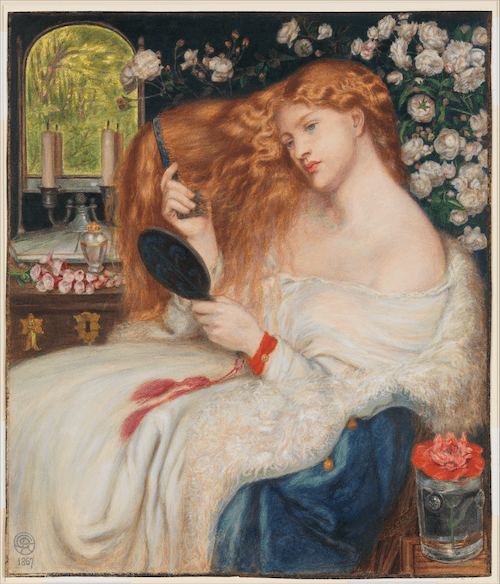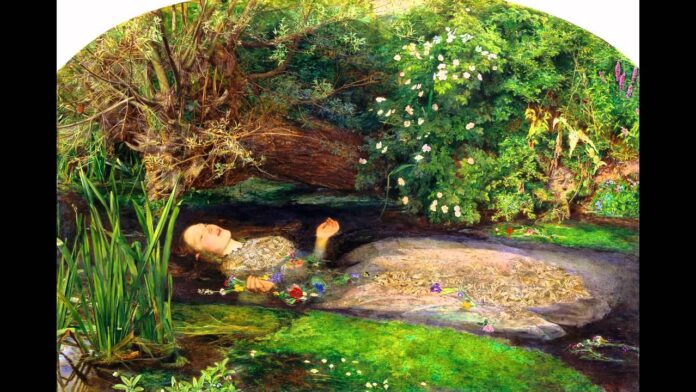The Pre-Raphaelites are an art movement that originated in England in the 19th century. The followers of this movement are famous for their beautiful images of nature. But do you know this leading artistic movement in the history of art?
The Pre-Raphaelites are a 19th-century artistic movement that takes its name from the Pre-Raphaelite Brotherhood. It was a secret society formed in opposition to the widespread influence of the Renaissance master Raphael. Behind the artistic movement was a group of rebellious artists with the intention of creating a new style of academic British art.
The history of the society’s name has been a source of much controversy. But regardless of the exact origin, the Pre-Raphaelites existed and influenced the artistic landscape of the 19th century. The Pre-Raphaelites disliked the notoriety of works of art rooted in the traditional Italian Renaissance, especially in the style of Raphael.
Followers of the artistic movement drew inspiration from earlier periods of art. They sought to emphasize aspects seen in the works of the late Middle Ages and early Renaissance, before Raphael. They drew artistic inspiration from Flemish art, despite the fact that at that time these elements were not in vogue and were not liked by many artists.

When the Royal Academy declared classical Italian painting to be the ideal, artists followed suit. In the middle of the 19th century, political turmoil swept the country in favor of social reform known as Chartism. The Pre-Raphaelites sought to move beyond the status quo and troubling political tensions to conceive a different artistic renewal.
Artworks by the Pre-Raphaelites were initially met with criticism. Its style is characterized by flattened figures, an absence of shadows, and a sharpened composition. Because of this, many contemporaries at the time considered their style of creation to be archaic.
Pre-Raphaelites made a great contribution to English landscape painting thanks to their commitment to minute details, and their ability to capture botanical life.
The Pre-Rapaelites disagreed with the idea that nature needed to be changed. They believed that nature was a gift from God.
By the 1850s, the Pre-Raphaelite Brotherhood had disintegrated. However, many members of the artistic movement remained friends and continued to create art in a similar genre. In subsequent years, the Pre-Raphaelites were more interested in arts and crafts. They produced jewelry, stained glass, furniture, murals, and textiles. All of these items included botanical iconography.
Although the society had only been in existence for a short period of time, its impact on art history was immense. During the 1840s and 1850s, the Pre-Raphaelite Brotherhood managed to accomplish something revolutionary and very radical.
They were one of the first artistic movements to create their creations by turning to nature. They valued the natural beauty of nature and sought to be as truthful as possible when painting it, refusing to idealize it. The main features of their works, such as great attention to detail, bright colors and excellent execution of literary subjects, distinguished their work from other Victorian artists of the time.

























